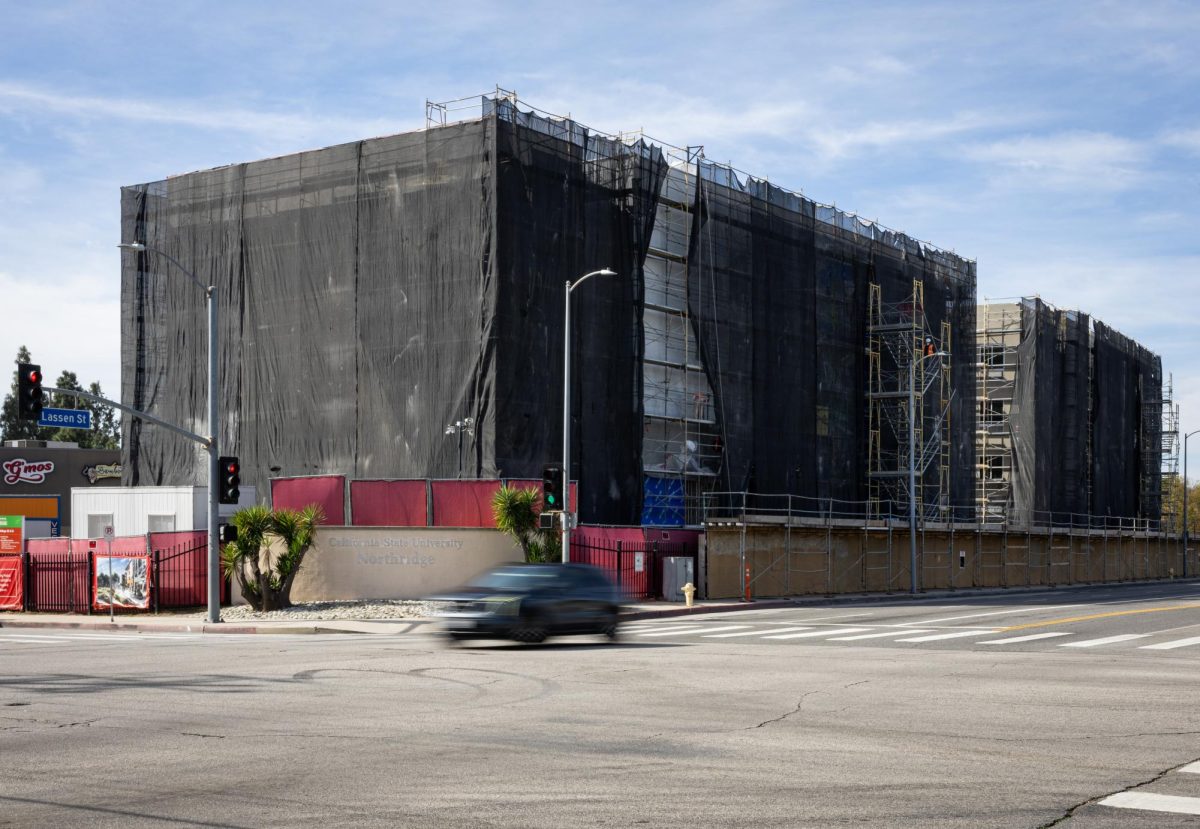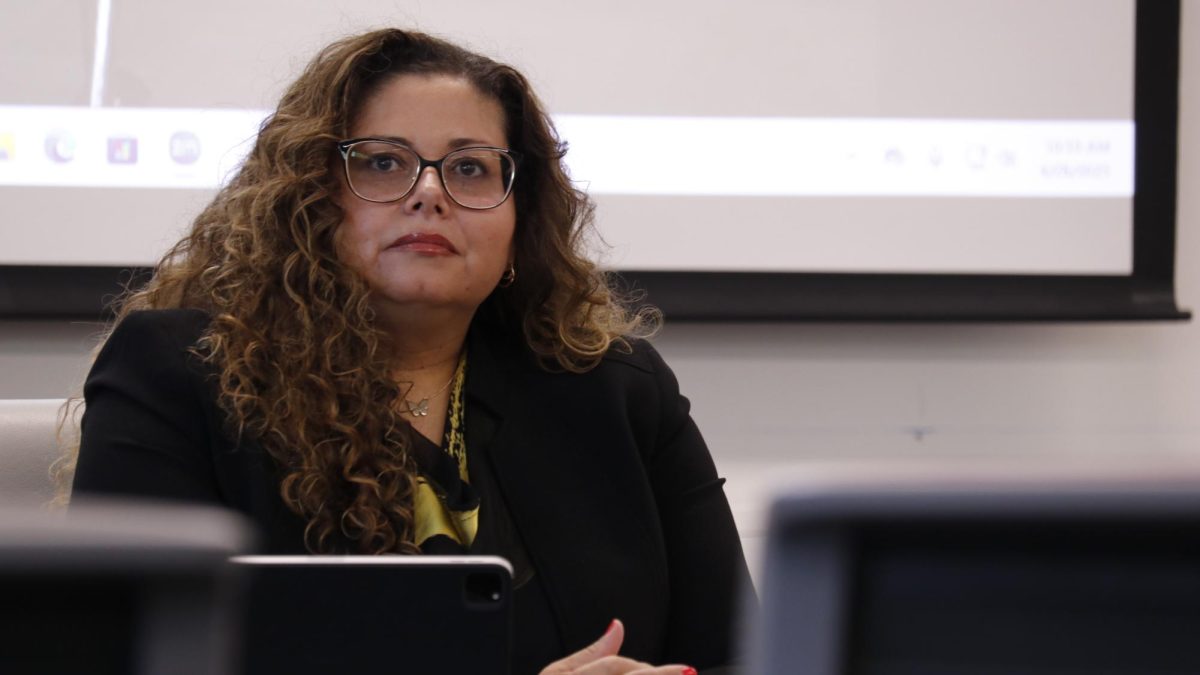According to the Center for the Transformation of Schools at the University of California, Los Angeles (UCLA), one in 10 CSU students experience homelessness.
Students with housing insecurities often come from financially disadvantaged homes and cannot afford rent near their campus. Luckily, CSUN students don’t need to look further for resources, as the Basic Needs Office supports them.
“It’s the opportunity to serve a student [and] meet a need that they might not otherwise be able to meet,” Basic Needs Director Maria Elizondo said when asked what excites her about her role at CSUN. “The work that we do in Basic Needs is contributing to the ultimate goal of graduating a student.”
Elizondo shared that the Basic Needs Office can help students identify the best resources for their current housing situation and even offer temporary emergency housing. Temporary Emergency Housing (T.E.H) provides students with accommodations to stay at the CSUN Student Housing for 20 days. During their stay, the Basic Needs Office works with the students to identify a long-term and affordable housing arrangement near campus.
CSUN also offers students affected by the wildfires a $500 emergency grant to help ease financial challenges. To be considered for the award, students must be enrolled in the Spring semester, have at least three units, apply and have a qualifying expense.
Then, there are partnerships with the College-Focused Rapid Rehousing program, which, according to Elizondo, essentially provides students with “a longer-term temporary solution.” The student can stay in this “bridge housing” for up to six months. This type of housing is similar to CSUN residential life, where students share a space. During their stay at the bridge housing, students are paired with a case manager, and they work out a plan to identify a permanent solution.
However, the demand for temporary emergency housing can exceed what is available.
“We don’t have an issue getting students in [temporary housing],” Elizondo said. “But there [are] those times of the year where we’re more busy than others… and we see an elevated amount of applications coming through.”
CSUN is looking to alleviate some of that pressure. The campus is constructing two new dormitory buildings to address its on-campus housing shortage. The $55.7 million project, which is slated to open for the fall 2025 semester, will add 33,000 square feet of living space and 198 new dorm rooms. Each room will be dual-occupancy, with four students sharing one bathroom.
There have even been talks of using some campus spaces and cars as housing. A bill introduced in January 2024, AB 1818, would require each CSU and California Community College to allow students to park overnight in campus-owned parking structures if they use their vehicle as a form of housing.
Students who would qualify under this bill must be enrolled in coursework, pay enrollment fees, and remain in good standing with the pilot campus.
However, the CSU decided against the bill, citing that it would threaten student safety and “…cost the CSU approximately $3.5 million per year,” to administer the program. Jamillah Moore, vice president of Student Affairs at San Francisco State, further added on behalf of the CSU that if the bill were to be passed, it would decrease funding for existing housing programs offered at its CSU campuses.
According to Moore, evidence-based programs on CSU campuses have supported 14,000 students through various housing programs, with 7,600 students receiving emergency funding. The bill ultimately failed to pass the California legislature.
Elizondo, however, continues to work with CSUN’s Basic Needs Office and shared a welcoming message to students facing housing instability.
“It’s okay to come and seek support,” Elizondo said. “We’re here to support a student […] and we’re really good about looking at different resources, whether that be on or off campus. Know that when you come to our offices, we’re going to listen and we’re going to find a resource for you.”
Students facing housing insecurity are encouraged to contact its website or the Basic Needs Office by visiting their website and contacting a member of its staff.











